How Are Diagonal Cutting Pliers Manufactured? The Fascinating Manufacturing Process Unveiled!
Afterward, the pliers are shaped further through precision machining, ensuring smooth edges and proper functionality. Heat treatment is then employed to enhance the strength and durability of the pliers. Finally, the pliers undergo assembly, where additional components such as handles and springs are attached, resulting in the final product ready for use.
Introduction To Diagonal Cutting Pliers
Diagonal cutting pliers are essential tools used in various industries for cutting wires, cables, and other materials. Understanding how these pliers are manufactured is important for users and manufacturers alike. The manufacturing process involves several steps, including forging the plier head, shaping the handles, and adding durable grips.
The plier head is usually made of high-quality steel to ensure strength and precision. Once the basic shape is formed, the cutting edges are sharpened and hardened to withstand heavy use. The handles are then shaped and attached to the head, providing a comfortable grip for the user.
Diagonal cutting pliers are widely used in electrical work, automotive repairs, and diy projects. Knowing how they are manufactured can help users choose the right tool for their needs and manufacturers ensure product quality.
Understanding The Materials Used
Diagonal cutting pliers are manufactured using a range of materials that contribute to their durability and functionality. Different types of materials are required for their production, including high-quality steel for the body and cutting edge. The body of the pliers needs to be sturdy and resistant to wear and tear, while the cutting edge must be sharp and strong enough to cut through various materials.
Additionally, the handles of the pliers are often made from non-slip materials to ensure a comfortable grip. Using top-notch materials in the manufacturing process is vital because it guarantees that the pliers will withstand heavy-duty use and retain their cutting performance over time.
By investing in quality materials, manufacturers can ensure their diagonal cutting pliers meet the high standards of professionals and enthusiasts alike.
Designing Diagonal Cutting Pliers
Diagonal cutting pliers go through a meticulous manufacturing process to ensure their effectiveness and durability. The initial design phase focuses on determining the necessary specifications for the pliers. This involves considering factors such as the desired cutting capacity and the materials used.
Additionally, design engineers also focus on incorporating ergonomics and ensuring user-friendliness. The pliers are designed to be comfortable to hold and use for extended periods, reducing fatigue for the user. The shape and size of the handles are carefully crafted to provide a firm grip and easy maneuverability.
The goal is to create pliers that not only meet the necessary functional requirements but also prioritize the comfort and usability of the user. This attention to detail and focus on design ensures that diagonal cutting pliers are manufactured to the highest standards.
Casting And Forming The Plier Body
Casting and forming the plier body involves various techniques and methods to create a sturdy and precise tool. Molds and patterns are crucial in accurate shaping, ensuring that the pliers are manufactured to exact specifications. Different casting methods, such as sand casting or investment casting, are employed to achieve the desired shape and dimensions.
The molten metal is poured into the mold, allowed to cool, and then removed to reveal the solidified plier body. Patterns are used to create the mold cavity, allowing for intricate details and a smooth finish. The casting process ensures the strength and durability of the pliers, making them reliable tools for cutting wires and other materials.
Experts in the field meticulously follow these procedures to manufacture high-quality diagonal cutting pliers that meet the needs of various industries.
Heat Treatment Process For Durability
Diagonal cutting pliers undergo a heat treatment process consisting of annealing, hardening, and tempering. Each stage plays a vital role in ensuring durability. Annealing involves heating the pliers to a specific temperature and gradually cooling them to relieve internal stress and enhance malleability.
Hardening follows, where the pliers are heated to a higher temperature and then rapidly quenched to obtain high hardness. Lastly, tempering is carried out to achieve a balance between hardness and toughness. This involves reheating the pliers to a specific temperature and then slowly cooling them.
The heat treatment process ensures that the pliers are strong enough to cut through various materials without losing their ability to withstand impacts. Manufacturers meticulously execute each step to produce reliable and long-lasting diagonal cutting pliers.
Creating The Cutting Edges
Diagonal cutting pliers are manufactured through a meticulous process that includes grinding and sharpening the edges. With precision in mind, these steps ensure the cutting ability is accurate and efficient. The edges undergo careful grinding where the excess material is removed, followed by sharpening to create a sharp cutting surface.
This process guarantees that the pliers have the ability to precisely cut through various materials. The manufacturing process pays attention to detail ensuring that the cutting edges are properly shaped and honed. These steps guarantee that the diagonal cutting pliers are of the highest quality, offering precise and clean cuts for a variety of applications.
Assembly And Attachment Of Handles
Diagonal cutting pliers go through a carefully managed assembly process. The handles, a crucial component, come in different types and grips for user comfort and functionality. Attaching the handles securely is vital to ensure durability and efficiency. Manufacturers employ various techniques to achieve this, employing design features like grooves or notches on the pliers’ head.
These grooves or notches help to secure the handles firmly in place. Rivets or screws are commonly used to fasten the handles to the pliers’ head, enhancing stability. Additionally, some manufacturers employ adhesive bonding methods for added strength. The combination of these techniques results in well-crafted diagonal cutting pliers that withstand rigorous use and provide optimal performance.
With attention to detail and quality control, manufacturers produce superior tools that cater to the needs of professionals and diy enthusiasts alike.
Surface Finishing And Coating
Surface finishing and coating play a crucial role in the manufacturing of diagonal cutting pliers. These processes are used to enhance the aesthetics and corrosion resistance of the pliers. One important aspect is the application of protective coatings. These coatings are applied to the surface of the pliers to provide an extra layer of protection against corrosion and wear.
Different types of coatings, such as electroplating or powder coating, can be used depending on the desired finish and level of durability. The pliers are carefully prepared before applying the coating to ensure proper adhesion and a smooth finish. After the coating is applied, the pliers go through a curing or drying process to ensure the coating is fully set.
Overall, surface finishing and coating are essential steps in the manufacturing process of diagonal cutting pliers, ensuring their durability and visual appeal.
Quality Control And Testing
Throughout the manufacturing process of diagonal cutting pliers, comprehensive inspections are conducted to ensure quality control. These inspections include stress testing, which aims to guarantee durability and performance. The manufacturing team meticulously examines each stage of production to identify any potential defects or deviations from the desired specifications.
By conducting these regular inspections, the manufacturers can address any issues promptly, ensuring that only high-quality pliers make it to the market. With an emphasis on quality control and testing, customers can trust that the diagonal cutting pliers they receive are reliable and built to last.
Manufacturing companies prioritize these inspections to maintain a reputation for producing top-notch tools that meet customer expectations. In doing so, they provide confidence to users knowing that their pliers are up to the task, no matter the job.
Packaging And Distribution
Packaging and distribution play a crucial role in ensuring the safe storage and transportation of diagonal cutting pliers. This involves employing various packaging techniques to protect the product from damage during transit. The packaging materials used should be sturdy and durable, providing sufficient cushioning and protection against potential impacts.
Additionally, proper labeling and documentation are essential for efficient distribution. As for the distribution process, it involves carefully handling and dispatching the pliers to suppliers and retailers. This includes organizing and coordinating transportation logistics to ensure timely delivery. By prioritizing effective packaging and distribution practices, manufacturers can guarantee that their diagonal cutting pliers reach customers in optimal condition, ready for immediate use.
Frequently Asked Questions For How Are Diagonal Cutting Pliers Manufactured?
How Are Diagonal Cutting Pliers Made?
Diagonal cutting pliers are manufactured through a precise process. First, high-quality steel is selected and heated to a specific temperature. Then, the steel is forged into the shape of the pliers using heavy machinery. After that, the pliers are polished, sharpened, and finished with a protective coating before packaging.
What Materials Are Used For Making Diagonal Cutting Pliers?
Diagonal cutting pliers are typically made from high-quality steel due to its durability and strength. The steel used in manufacturing these pliers is carefully selected to ensure it can withstand the pressure and frequent use. This ensures the longevity and reliability of the pliers.
Are Diagonal Cutting Pliers Suitable For All Types Of Materials?
Diagonal cutting pliers are versatile tools and can be used on various materials, including copper, aluminum, brass, iron wires, and even soft metals. However, it is essential to choose the right size and type of pliers for specific materials to ensure optimal efficiency and prevent damage to both the pliers and the material being cut.
Can I Use Diagonal Cutting Pliers For Other Tasks Besides Cutting Wires?
Yes, diagonal cutting pliers have additional uses besides cutting wires. They can be used for gripping, pulling, and twisting wires. Additionally, they can be handy for cutting small nails, staples, zip ties, plastic packaging, and other lightweight materials. This versatility makes diagonal cutting pliers a valuable tool for a range of tasks.
How Should I Maintain My Diagonal Cutting Pliers For Longevity?
To ensure the longevity of your diagonal cutting pliers, it’s important to keep them clean and dry after each use. Applying a light coat of oil or lubricant to the cutting edges can prevent rusting. Additionally, storing the pliers in a dry place and avoiding exposure to moisture will help maintain their performance and extend their lifespan.
Conclusion
To sum up, the manufacturing process of diagonal cutting pliers involves several intricate steps that ensure their high quality and functionality. Starting with the selection of durable materials, such as high-grade steel, these pliers undergo a series of shaping, heat treatment, and finishing processes.
Through cutting-edge machinery and skilled craftsmanship, the pliers are formed into their distinctive shape, with precision-ground cutting edges for clean and efficient cutting. The pliers are then heat-treated to enhance their strength and durability, ensuring they can withstand rigorous usage.
Additionally, various finishing techniques, such as grinding and polishing, are employed to provide a smooth and comfortable grip. Finally, the pliers undergo stringent quality control checks to maintain consistency and adherence to industry standards. All these steps collectively contribute to the production of premium diagonal cutting pliers that offer reliable and efficient cutting solutions for various applications.

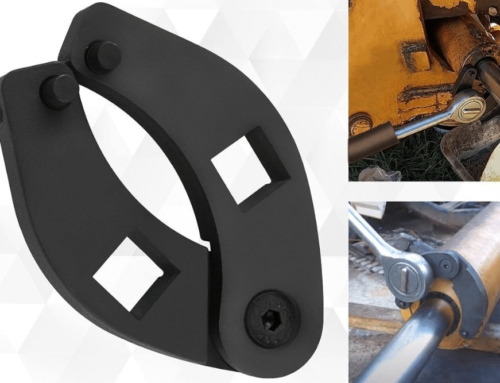
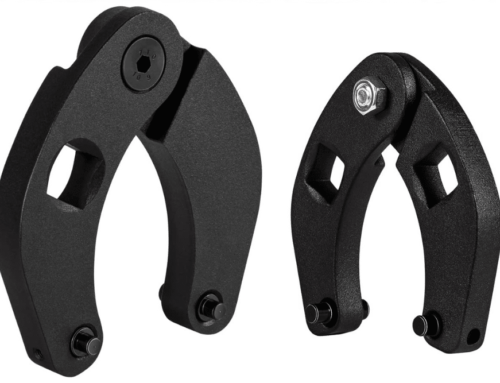
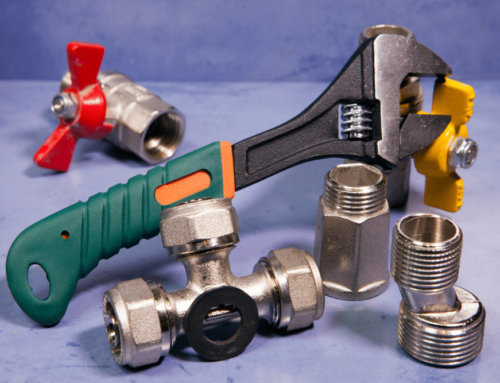
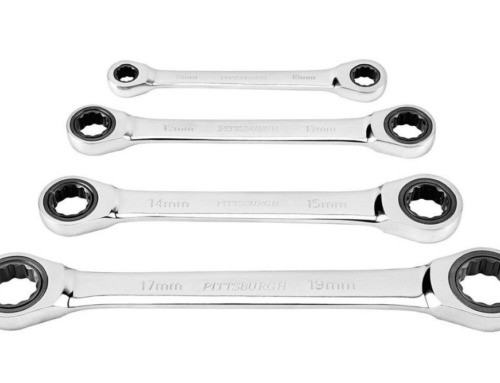
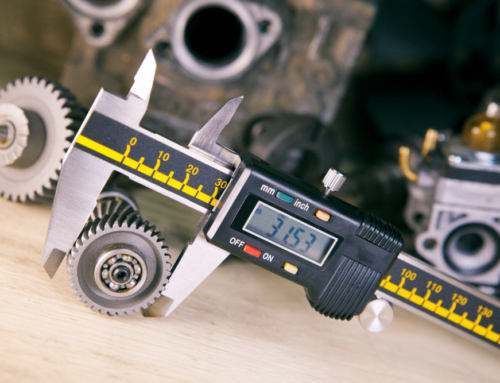
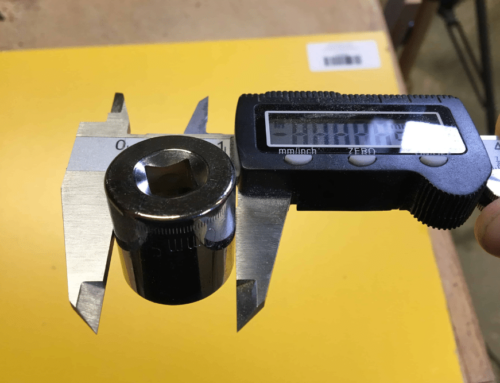
Leave A Comment